The Ultimate Guide to Humidity for Thriving Houseplants

Ever wondered why your tropical plants seem to suddenly develop crispy leaves, even when you water them when they need it? The magical world of humidity often holds the secret. For a large quantity of leafy plants, humidity isn’t just a requirement, it’s a need. These lush beauties often thrive in natural habitats where the air is heavy in moisture, due to a variety of environmental factors and their proximity to the equator. This setting is often very different from the drier conditions in our homes.
When it comes to having thriving, vibrant-looking houseplants, it is important to try to mimic their natural habitat. Proper humidity levels are beneficial in so many ways. Humidity can improve your plant's growth and prevent common issues like browning leaves and certain pests while often significantly extending their lifespan.
When it comes to indoor plants, understanding and maintaining your humidity levels indoors is the best way to keep your plants looking fresh. Once you master this, your friends and family will envy you as an expert in plant care. Understanding this environmental factor will enable your indoor tropical jungle to thrive like never before, regardless of your experience level. Let's dive into the world of humidity and how it impacts your leafy companions!

Why Humidity Matters For Your Indoor Plants
When we talk about humidity, we're referring to the amount of water vapour present in the air around us. Humidity levels vary significantly worldwide, with regions closer to the equator often experiencing higher levels. This is generally due to how the sun intensely heats these areas, creating a warmer atmosphere that can hold more moisture.
However, temperature is not the only thing that contributes to humid conditions—water sources play a crucial role. Tropical areas, typically located near oceans, lakes, or rivers, combine both heat and abundant water sources, leading to high humidity. In contrast, deserts or more arid regions of the world are often situated farther inland, where limited water access and rapid nighttime cooling result in much drier air.
An important point in understanding humidity is something known as relative humidity (RH), which measures the percentage of water vapour present in the air relative to its maximum water-holding power at a specific temperature. For instance, an RH of 10% indicates dry air, while 60% suggests a humid atmosphere. Tools like hygrometers help measure these levels, allowing you to maintain ideal conditions for your house plants.
Different plants have evolved to thrive in varying humidity levels based on their natural habitats. Tropical plants like ferns, philodendrons, and orchids flourish in environments with RH levels of 60% or higher, which helps prevent crisp leaf tips and promotes robust growth. Alternatively, desert plants like cacti and succulents are adapted to dry climates with RH levels as low as 20-30%. Exposing these plants to excessive humidity can lead to issues such as rot and fungal diseases.
Understanding and maintaining appropriate humidity levels is crucial for indoor plant care, as it helps mimic your plants' natural habitat and ensures their success in your drier home environment. By getting the humidity right, you can transform your space into a thriving green oasis that caters to each plant's specific needs and helps them thrive.
A Tangent about Humidity: The Science of Corn Sweat
"Corn sweat," or corn transpiration, is a fascinating natural phenomenon that significantly influences regional humidity and weather patterns. As corn plants mature in peak summer, they release vast amounts of water vapour through their leaves—up to 4 litres per plant per day. In major corn-producing regions like the American Midwest, where millions of hectares of corn grow simultaneously, this collective transpiration can sharply increase local humidity levels. This effect forms what meteorologists call a "corn dome", where elevated moisture makes summer days feel even hotter than the actual temperature suggests. In extreme cases, corn sweat raises dew points and enhances the likelihood of thunderstorms. During peak growing season, humidity in the Corn Belt can reach levels comparable to tropical climates, with dew points sometimes exceeding 27°C. This agriculture-driven humidity surge highlights how large-scale farming practices can shape local microclimates in unexpected ways.

Understanding Vapour Pressure Deficit (VPD): The Hidden Factor in Plant Health
Ever wonder why some plants thrive in your friend's living room but not yours? Or why do your lush, leafy plants get crispy tips even though you're watering them properly? The answer might lie in something called Vapour Pressure Deficit, or VPD. Don't let the fancy name confuse you—I'm going to break it down into bite-sized pieces that'll make you go, "gotcha!"
Firstly, What's VPD, Really?
Think of VPD as the air's thirst level. Just like we get thirsty, air can be "thirsty" for moisture too. When the air is very "thirsty" (high VPD), it pulls moisture from wherever it can.When it's less "thirsty" (low VPD), their is no capacity for the air to hold as much moisture.
Why should this matter?
When it comes to how plants grow and thrive, water management is crucial to their survival. Plants operate their own sophisticated plumbing system—drawing water up from their roots, pumping it through their stems, and releasing it through tiny pores in their leaves called stomata. It's similar to how our bodies use blood vessels to circulate blood to our extremities to regulate temperature, nutrient dispersal, and a variety of other functions. However, if the surrounding air is excessively dry, it functions as a sponge, continuously drawing moisture away from your plant's leaves. This can leave your plant struggling to maintain enough water for healthy growth, even with regular watering.
The Temperature-Humidity Dance
Here's where it gets interesting (and super practical). As discussed previously about relative humidity, temperature and humidity work together.
-
When temperatures rise, the air gains more capacity to hold water. If there isn't enough moisture in the air to match this increased capacity, the air becomes drier and more eager to pull moisture from your plants (higher VPD). Think of it like an empty glass that gets bigger—it has more space to fill.
-
When temperatures drop, the air's capacity to hold water decreases (lower VPD). Picture that same glass shrinking—it needs less water to feel "full." This is why cool rooms often feel more humid even without adding extra moisture to the air.
This explains why your plants might struggle when:
-
You crank up the heating in winter (warm air)
-
You blast the AC in summer (cool but very dry air)
-
You put them near drafty windows (temperature swings)
VPD Charts Decoded: Making Plant Care Simple
Getting your plants' environment right doesn't require you to be a smarty pants biologist. Here's your simple guide to using VPD charts:
-
Step1: Invest in a reliable temperature and humidity meter (hygrometer)—these often come as convenient combo units
-
Step 2: Monitor both temperature and humidity consistently; they work together to create your plants' environment
-
Step 3: Use these readings to find your VPD value on the chart (measured in kilopascals or kPa)
-
Step 4: Identify which growth zone your plants are in and adjust humidity as needed
Reading a VPD Chart
Using a VPD chart is easier than you might think. Start by measuring your room's temperature (°C) and relative humidity. Find where these two values intersect on the chart - this point shows your VPD value in kPa.
Here's an example: If your room is 24°C with 60% humidity, your VPD would be 1.09 kPa. This setting is ideal for mature plants such as Monsteras or Pothos, which are actively promoting new growth.
Understanding Growth Zones:
Plants need different VPD levels depending on their growth stage:
-
Green Zone (0.4-0.8 kPa): Perfect for delicate cuttings and young plants
-
Blue Zone (0.8-1.2 kPa): Ideal for established plants in their growth phase
-
Purple Zone (1.2-1.6 kPa): Best suited for mature plants and flowering varieties
-
Red Zone (below 0.4 or above 1.6 kPa): Warning area; adjust conditions if you're in this range.

How is VPD Calculated?
If you’re a smart math person, you will be able to calculate VPD by using this “simple” calculation:
THE EQUATION: VPD = 0.6108 × e^((17.27 × T) / (T + 237.3)) × (1 - RH / 100)

THE EXAMPLE:
This calculation uses a Temp of 25°C and 60% RH
VPD = 0.6108 × e^((17.27 × 25) / (25 + 237.3)) × (1 - 60 / 100)
VPD ≈ 0.6108 × e^(1.646) × 0.4
VPD ≈ 0.6108 × 5.19 × 0.4 ≈ 1.27 kPa
Where:
- T is temperature in degrees Celsius (°C)
- RH is relative humidity in percentage (%)
- e^ is Euler’s number, approximately 2.718
Signs your houseplants are struggling with humidity
Now That We Understand VPD and Humidity, How Do We Know Our Plants Are Struggling With Humidity Issues? Below we will discuss the signs to look out for when it comes to high or even low humidity.
Signs Your Plants Are Suffering From Low Humidity
-
Brown, crispy leaf edges and tips: This happens when your house plants are losing moisture faster than they can absorb, drying out the leaf cells, causing crisping.
-
Leaf drop and wilting, especially in new growth: Young leaves are still developing and do not have strong cell structures yet. This means they do not have the ability yet to hold onto water, causing them to droop and look limp.
-
Curled or puckered leaves: Dry air causes the leaves to lose turgidity (that’s stiffness to you and me), leading to a curled or puckered appearance.
-
Slow growth or no new growth at all: Prolonged low humidity can stunt plant growth as they struggle to maintain their water balance.

Some Visual Cues:
-
Certain plants, such as Calatheas, Ferns, and Epiphytes (e.g., Hoya, Orchids, and Jungle Cacti), are especially sensitive and may be the first to display signs of low humidity.
-
Look for patterns across similar plants to identify areas or conditions with consistently low humidity.
Top Tip: Use a hygrometer to measure and monitor the humidity levels in different parts of your home. This inexpensive tool helps you spot problem areas and make necessary adjustments before symptoms appear.

Common Houseplants that Need High Humidity
As we now know, high-humidity plants typically originate from tropical and subtropical areas, usually rainforests, where moisture levels often exceed 60%. Below we will give you a brief outline of commonly grown houseplants and why they need humidity to thrive.
Tropical Understory Plants:
Calathea & Maranta (Prayer Plants): These natives of the Brazilian Rainforest are found along the canopy floor, where wind is almost non-existent and humidity is very high due to the warmth and moisture in this region of the world, thanks to the Amazon River.
Due to their habitat, Calathea and Prayer Plants have evolved beautiful yet thin foliage that can easily crisp up if humidity levels of around 60% are not maintained.
Nerve Plant (Fittonia): These stunners are another forest floor dweller that needs very high humidity to look great, though if placed correctly in your home, they are super easy to maintain.

Rainforest Epiphytes and Hemiphytes:
Epiphytes and hemiphytes are fascinating plant types that grow very differently from the common soil-dwelling types. Epiphytes are plants that grow on other plants, typically trees, without drawing nutrients from their host. Hemiphytes, in contrast, begin their life either in the ground and grow up along a tree for support or start on the host tree, dropping roots into the soil, eventually establishing themselves and drawing up nutrients from the ground.

Monsteras, Philodendrons & Anthuriums:
Are hemiphytes that start in soil, climbing host trees using strong aerial roots. These roots help them draw moisture and nutrients from the air, which is why high humidity keeps them thriving. As they grow, they may die back from the base, relying on their aerial attachments for support and sustenance.
 Orchids:
Orchids:
Most common houseplant varieties, like the Moth Orchids, come from tropical regions where they grow attached to trees, meaning they are epiphytic by nature. They then use specialised roots to absorb water and nutrients from the air, hence why they require high humidity to function.
For more about Ephiphytes read our : Exploring Epiphytes: What are they? And How to Care for them?

Ferns:
Ferns are prehistoric survivors that emerged when Earth was hotter and more humid. While many thrive in forests, some species adapt to arid regions, typically near water sources that provide the humidity they need to flourish. Their remarkable resilience has allowed them to persist through millions of years of environmental changes.
Boston Fern (Nephrolepsis): These are some of the most common species of ferns grown indoors and out, with a huge variety of options available. These, and many other species of ferns lack the waxy protective layer that many plants have. Due to this they tend to lose moisture through their leaves rapidly through transpiration. So to prevent needing to be watered frequently ( especially because rain doesn’t always happen everyday), they tend to grow in areas with high humidity to maintain moisture.
Bird's Nest Fern: are epiphytic by nature, using their roots to both attach themselves to their host as well as draw in moisture and nutrients from the air.

There are a large variety of other houseplants that also appreciate high humidity. Here are some visual cues that will help you determine if humidity will benefit your plants or not:
-
Thin or delicate leaves – there are exceptions to the rule, like some Orchids and Hoya.
-
Aerial roots—these often stick out of the stems of plants—Hoya are an amazing example of this.
-
Large leaf surface
-
Their Natural habitat is either tropical or subtropical
Please note: While these are general indicators, individual plant species may respond differently. It's always recommended to research your specific plants' needs to ensure they will benefit from high humidity.
Warning Signs of Too Much Humidity
As much as humidity is beneficial to most houseplants, it is important to understand that too much humidity, or the wrong kinds of plants in high humidity environments, can cause issues too. Let’s explore the signs of what too much humidity looks like and how to fix it.
Protecting your plants from excess moisture is just as important as preventing them from drying out. Here are key indicators that your humidity levels need adjustment:
Yellowing Leaves That Feel Soft
When leaves turn yellow and feel mushy or almost opaque, then it is likely that there is a lot of moisture in the air and soil of your houseplant. This usually happens when your plant is oversaturated with moisture from both humidity and possible waterlogging.
Mould on Soil Surface
A telltale white or grey fuzzy growth on your soil surface indicates excess moisture and poor air circulation. This mould can spread quickly and harm your plant's root system. Make sure that you are not allowing your soil to waterlog and that you have sufficient drainage. If this is all in order, then check in on humidity and lower it where necessary.
Black or Brown Spots on Leaves or Grey Mould
If you notice dark spots on leaves or a fine grey fuzzy coating on foliage, your plant is likely experiencing a bacterial or fungal infection. These infections thrive in high humidity conditions and require immediate attention. Treat affected plants with a high-quality fungicide or copper soap solution. Remove severely infected leaves and improve air circulation around the plant to prevent the infection from spreading. Early intervention is crucial for successful treatment.

Rotting Stem
If your plant's stem, especially at the base, starts blackening or feeling soft, there is a high likelihood that rot has set in from either overwatering or high humidity, which keeps the soil wetter for longer. This excessive moisture then causes the stem to rot.
Stunted New Growth
Now this may seem a bit counterintuitive because humidity helps plants grow; however, excessive humidity can slow or even stop growth from a variety of issues that can be caused by root rot. This will then lead to a weak plant that ends up growing very slowly. Not ideal.

Fungus Gnats
These tiny, fruit fly-like insects thrive in hot, humid environments and typically indicate overwatered soil and excessive moisture. If you spot these small flies hovering around your home and houseplants, it's time to reassess your watering schedule and humidity levels. Fungus gnats are particularly drawn to swamp-like conditions, so their presence suggests your plants' environment may be too wet. Adjusting these conditions is key to eliminating the problem. For more about Fungus Gnat treatment, click here.
 Mealybugs
Mealybugs
These persistent pests thrive in warm, humid conditions and can quickly multiply when the environment suits them. Appearing as white, cotton-like clusters, mealybugs typically gather around new growth and leaf joints. To control an infestation, adjust humidity levels and treat affected plants with an effective pesticide such as Pyrethrin (Pyrol) or Neem oil (Bioneem). Regular monitoring and prompt treatment are essential for preventing these pests from spreading to other plants. For more about Mealybug treatment Click here.

Common Houseplants that need Low Humidity
Plants from Arid Environments
While many houseplants thrive in humidity, some species naturally prefer drier conditions that match their native habitats. Understanding these preferences is crucial to preventing common moisture-related issues. For homes where maintaining high humidity is challenging, the following plants are excellent choices, as they flourish in drier environments. These drought-adapted species can transform traditionally difficult spaces into perfect growing locations.
Succulents (like Echeveria, Crassula, Haworthia, African Milk Trees, and Spekboom): These plants have evolved to store water in thick leaves and actually suffer in humid conditions. These plants are often found growing in the harsher, drier areas of the world, where humidity levels average around 10%–40%.

Cacti: Similar to succulents, most cacti thrive in humidity levels between 20 and 40%. Their specialised structure helps them retain moisture internally rather than relying on humidity from the air. This means placing them in humid conditions can lead to rot issues.

Drought-Tolerant Indoor Plants:
-
Mother in Laws Tongues, AKA Snake Plants (Sansevieria): These sturdy plants can tolerate a wide range of conditions but prefer lower humidity. Their thick, upright leaves and succulent-like properties make them perfect for dry indoor environments.
-
ZZ Plant (Zamioculcas): With thick, waxy leaves and water-storing rhizomes, these plants thrive in normal to low indoor humidity levels.

Like with humidity loving houseplants it is important to understand what the native environment is for your plants. This will help you choose the right plant for the right space in your home or office.
Here are a few visual cues to look for when figuring out if your new plant requires humidity or not:
-
Thick, waxy leaves or surfaces—this is not always the case but common enough
-
Generally smaller leaves or none at all.
-
Grey or silvery foliage—most succulents and cacti have this colouration to reflect light
-
Natural habitat in arid regions like deserts or savannah land
-
Water-storing capabilities in leaves, stems, or roots
-
Fuzzy leaf coating indicates natural moisture retention

Managing Humidity for Happy Houseplants: A Complete Guide
Now that we understand the cause and effect of humidity levels in our homes,. Let's look at how to manage humidity. In this chapter, we will discuss how to increase or decrease the humidity levels in your home to keep your indoor garden looking lush and beautiful.
Simple tips for increasing humidity in your home:

Grouping plants together:
Creating a plant grouping is not only visually appealing but a fabulous way to raise humidity for your houseplants. When grouped together, the natural transpiration from all the plants in the same space will create a lovely little microclimate, keeping your plants happy and healthy.
TOP TIP: Be sure to space them out slightly to provide good air flow and to avoid fungal infections.

Try a Pebble Tray
Find yourself a tray or decorative plate that is around 2 to 4cm larger than the base of your planter. Fill this with a layer of pebbles and halfway fill it with water. Pop your plant on top and ensure your planter’s drainage holes are not sitting in water. As the water evaporates into the air, it will create a localised humidity cloud around your houseplant.

Considered Placement
Place your humidity-loving plants in naturally humid places like bathrooms and kitchens, making sure the space has enough light for your plant. When picking a place to show off your plants in this room, it is also important to stay away from draughty windows or heating sources.

Humidifiers
The ultimate and easiest way to manage humidity is to use a humidifier near your plant displays. We recommend using humidifiers with 4 to 5L tanks to avoid regular refilling and to be sure to regularly clean them to avoid mineral buildup. Consider humidifiers with humidity monitors that switch off when the optimal moisture level is reached. This is a great way to prevent excessive moisture and a high electrical bill.
Simple tips for reducing humidity in your home:
Below are a few tips for decreasing humidity in your home if you are finding your levels are too high. A sign of severe humidity issues in your home can be characterised by black mould. So not only will these tips help reduce humidity issues for your houseplants, but can assist with general home maintenance and care.

Improve air circulation
The simplest and most efficient way to reduce humidity levels in your home is to increase air flow. This can be done by cracking a window to bring in fresh air from outdoors. If windows are limited or unable to be opened, consider using a fan to gently circulate the air around the room. Avoid allowing the fan to consistently blow onto your plant's leaves, as this can lead to crisp leaf edges.
Top Tip: Make sure to space plants in groupings to allow good airflow.

Adjust Care Routine
Try watering in the mornings instead of the evenings. This gives your plants enough time to absorb the moisture they need and any excess to evaporate throughout the day, avoiding excess moisture buildup in the air. Be sure to water at soil level, and if misting, do this in the early morning as well, as any water left on the leaves can lead to excess humidity and can provide the perfect breeding ground for fungal and bacterial infections. Finally, remove any standing water sources, such as pebble trays, if you are finding your humidity is too high even after adding ventilation.

Use a Dehumidifier
The dehumidifier is the opposite tool to the humidifier. These units are a fabulous way to reduce excess moisture from the air and are great to use in extreme cases. They are available in cheap moisture-absorbing balls or in actual machines used to suck moisture out of the air.
Successfully managing humidity is about creating balanced, consistent environments that reflect your plants' native habitats rather than chasing precise numbers. Consider your local climate patterns, including seasonal changes and natural rainfall cycles, as these can impact indoor conditions. Let your plants be your guide; their appearance and growth patterns will help you fine-tune your approach to humidity management over time.

When it comes to plant care, a variety of factors can really help keep your plants looking fabulous, hence maintaining optimal humidity isn't just about keeping your plants alive; it's about helping them thrive. From fuller foliage and robust growth to stronger disease resistance and better nutrient absorption, proper humidity levels create an environment where your indoor jungle can truly flourish. While there's no one-size-fits-all solution, don't be afraid to try different solutions until you find what works best for your space and plant babies. Try combining multiple approaches or adjusting your routine seasonally to create the perfect microclimate.
Have you found creative ways to keep your plants happy with the perfect humidity levels? Share your success stories, challenges, or questions in the comments—your experience might be exactly what a fellow plant parent needs to hear!






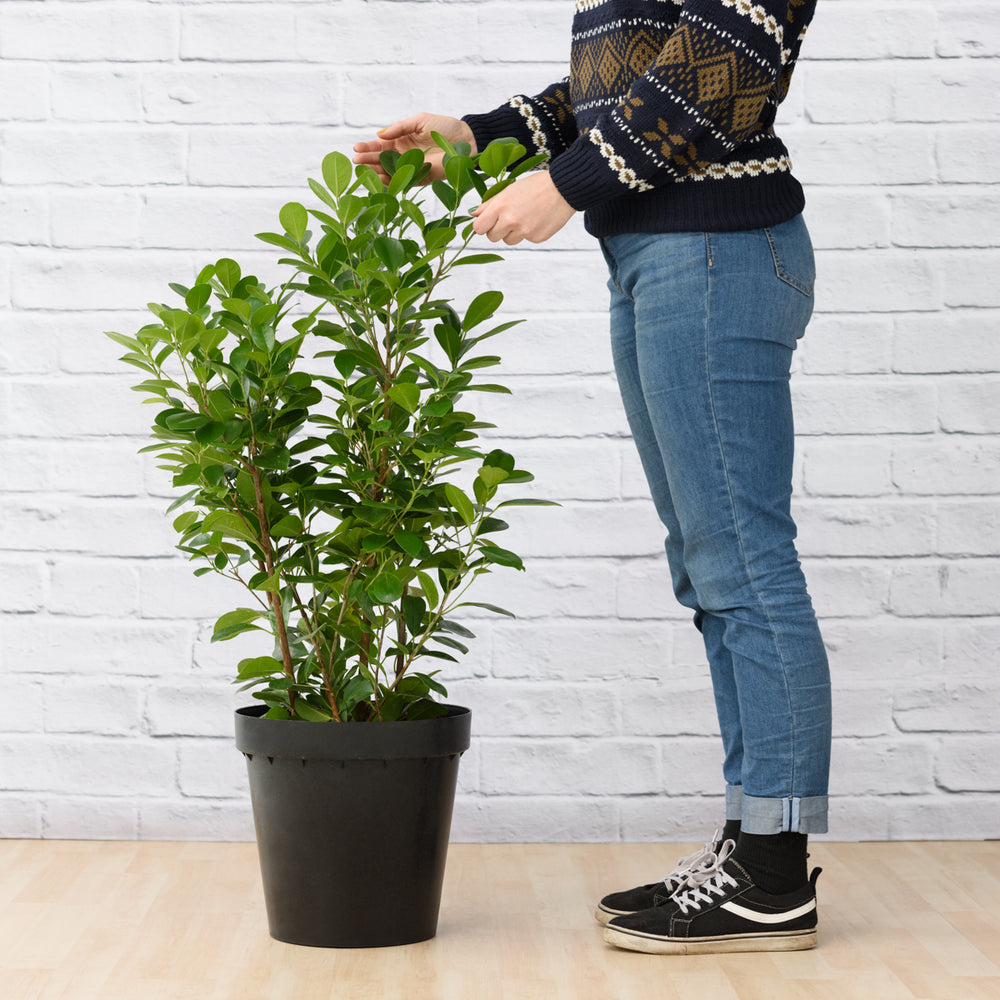
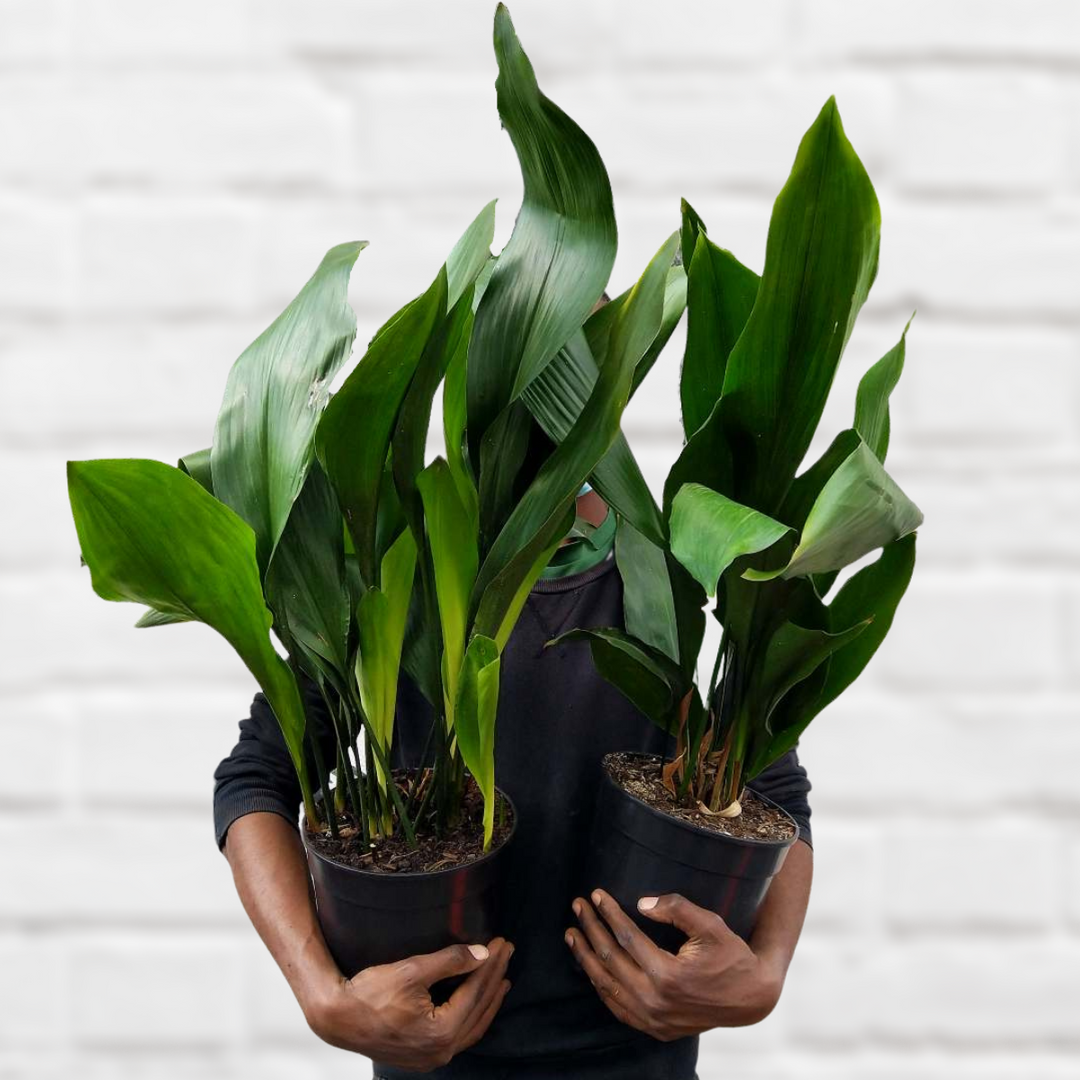
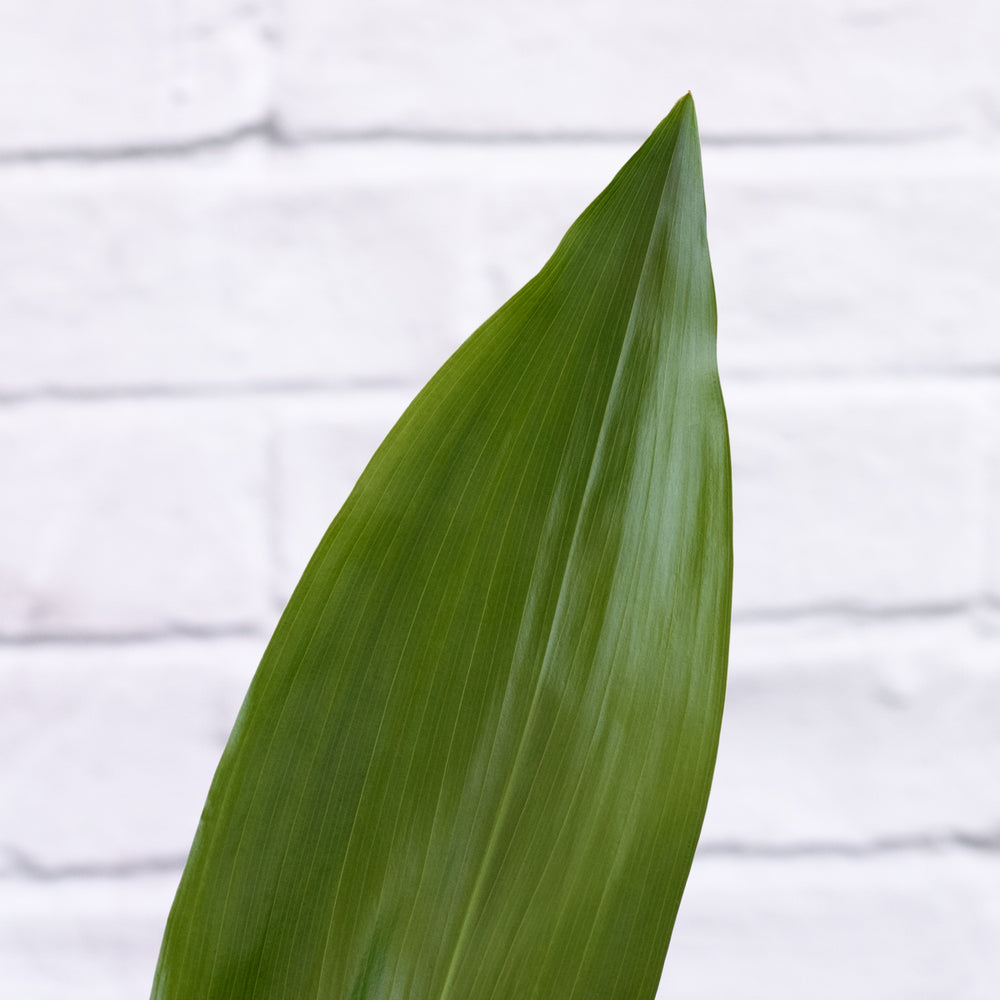
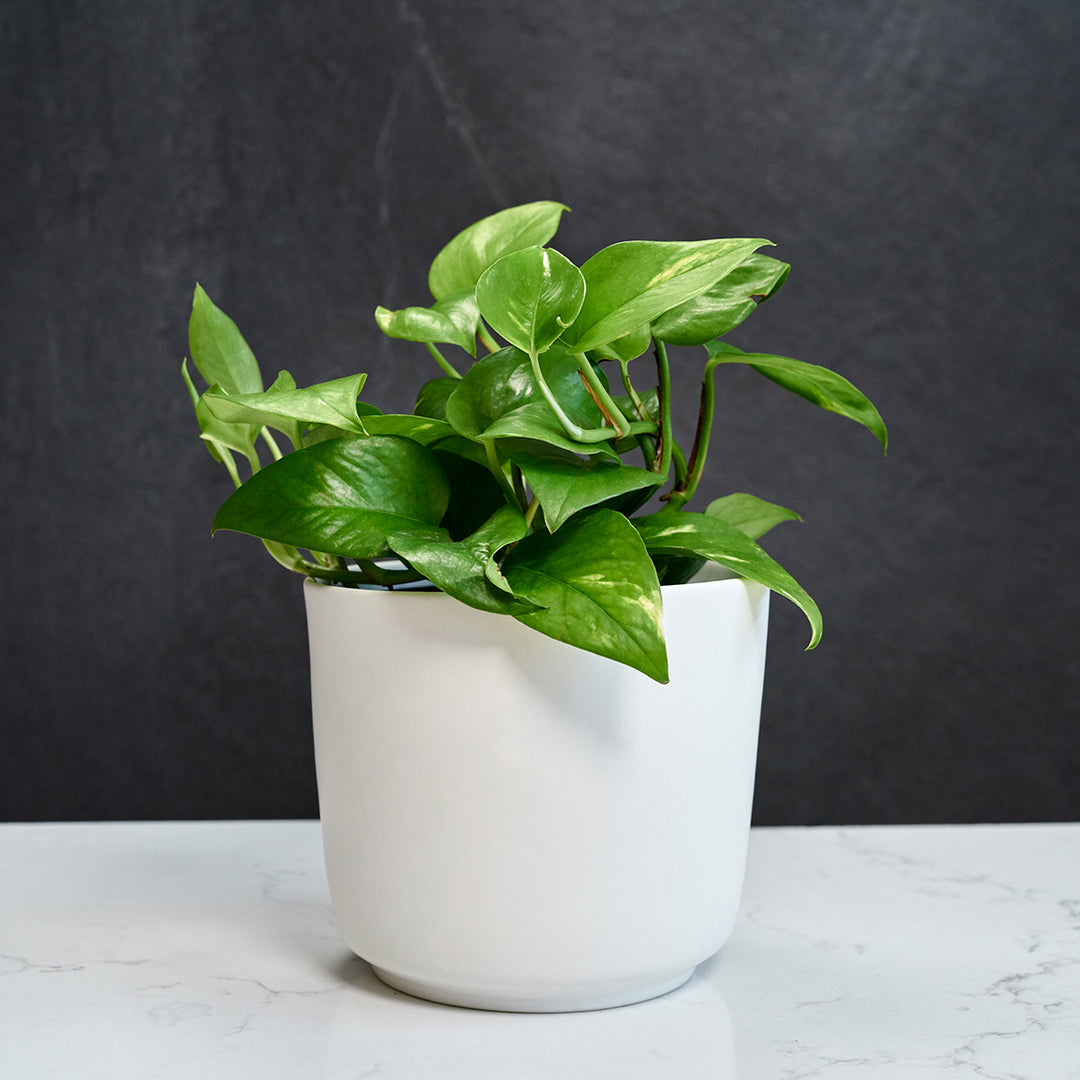

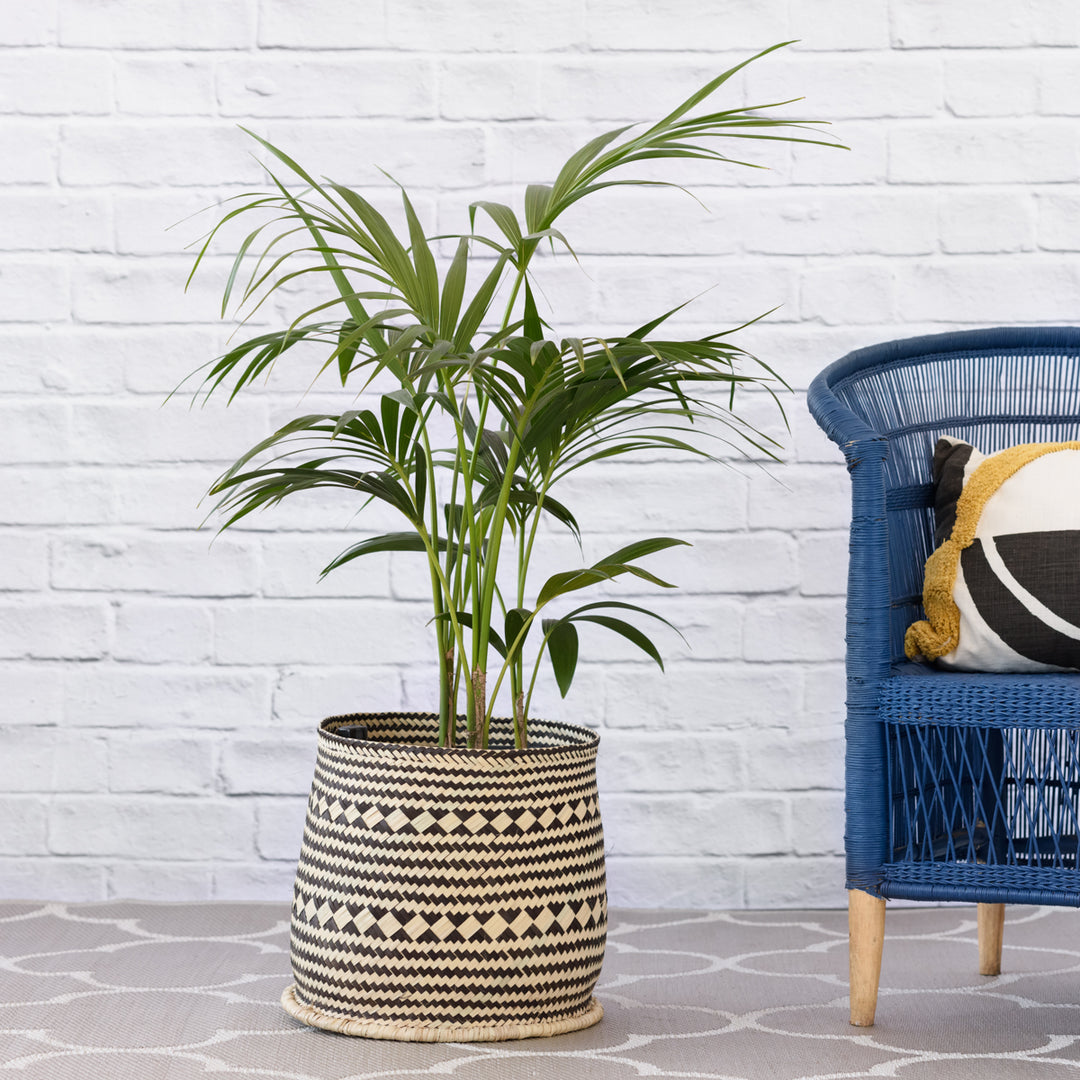
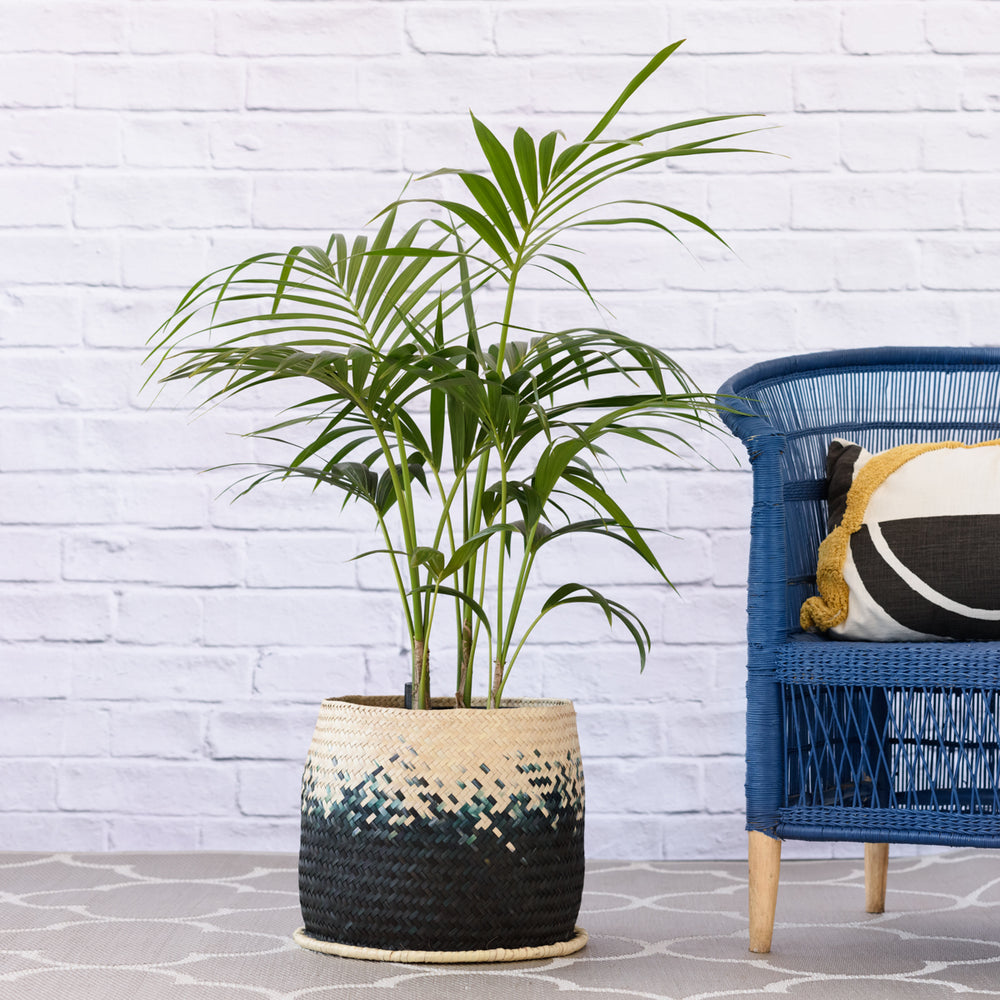

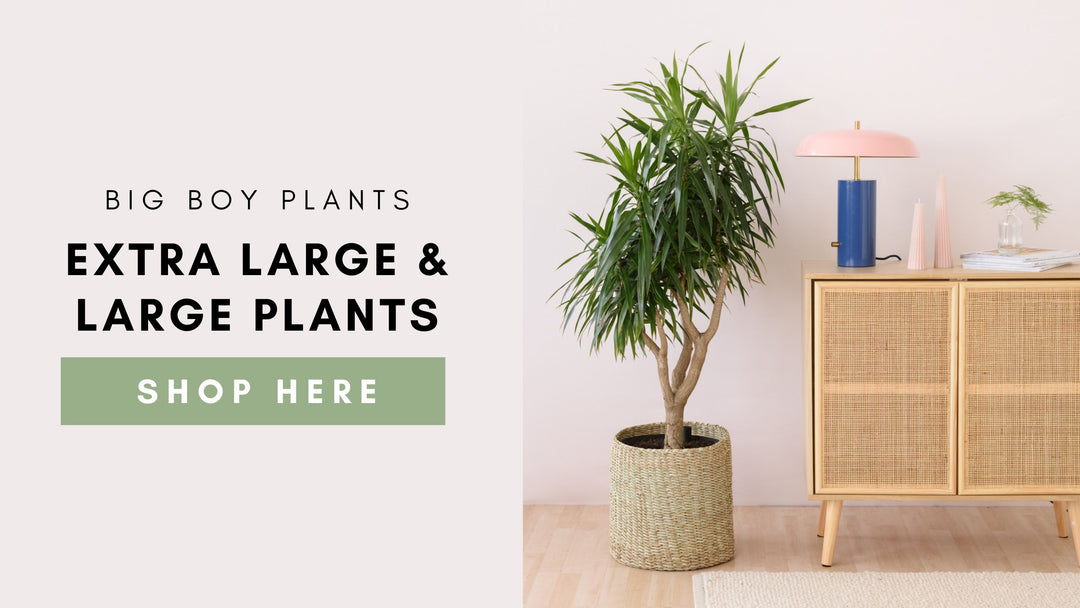
Leave a comment